
Join The Sandwich Universe co-hosts (and longtime BFFs) Molly Baz and Declan Bond as they dive deep into beloved, iconic sandwiches.
Listen NowPopular on Food52
Continue After Advertisement
13 Comments
Sandoval J.
April 17, 2014
Investigate the numerous sorts of olive oil and how they might be utilized within your kitchen and additionally to support wellbeing! http://www.leontyna.com.au/
MaryKate G.
January 20, 2014
What is the best type of olive oil to buy that would be considered the most universal?
Lizabeth
January 16, 2014
If you want to substitute olive oil in recipes that call for butter you should actually use 2/3 cup for 1 cup butter (or 1/3 cup for 1/2 cup(1 stick butter). Believe me, I've ended up with some greasy baked goods using the 3/4 cup method.
Belle A.
January 16, 2014
One thing that my cooking partner and I both do is that we keep two different olive oils on hand at any given time. We keep a really gorgeous, floral and grassy one on hand for dipping bread, pouring over salads etc... and we buy that one in smaller containers to make sure it is always fresh and doesn't stay along and open for more than a couple of months. Then we keep a larger bottle of another good one but one that we don't mind using more of for sauteeing, using in large quantity for salad dressings etc.. Those too only last a month or two. It helps to pick a flavor you like and stick with it. If I could only keep one olive oil in stock I would stick with either Colonne, Williams Sonoma brand (I know, I know) or Lucini. Colonne and Lucini are both stocked at Whole Foods.
Carol H.
April 2, 2014
Hi Martin and Jessica,
Which brand is the "floral and grassy" one? I am in Canada so don't know if I will be able to find it here but want to know what I am looking for. I don't know much about olive oils.
Which brand is the "floral and grassy" one? I am in Canada so don't know if I will be able to find it here but want to know what I am looking for. I don't know much about olive oils.
dymnyno
January 15, 2014
The term "extra virgin" refers to a chemical test which measures unbroken molecules in the oil (fatty acids), not the first cold press. Very few frantoias use stone presses anymore. Modern presses are really centrifuges, which "press" at a consistent temperature(about 78 degrees) and prevent contamination that the old stone grinders could not. Nearly all olive oil is cold pressed. If any is heated and repressed, that is usually labeled pomace oil. It has always amazed me (as an olive oil producer, myself) that there is so little government intervention regarding labeling standards, so terms like "first cold pressed" and "cold Pressed" are still commonly used, mostly for the benefit of public perception.
pierino
January 15, 2014
Dymnyno is exactly right on the standards for extra virgin oil. The USDA pays lip service to the same standards that the International Olive Council (IOC) pretends to observe. The truth is much different. Over the past three months I've been spending a lot of time with local producers for a series of articles I've been writing about the olive oil business here on the Central Coast. The standard for "extra virgin" after tasting, lab analysis including ph and spectrum analysis is no more than .08% acidity. UC Davis, the preeminent institution in the US in the study of olive cultivars released studies in 2010 and 2011 after analysing European imports. 73% showed evidence of having been blended with second press oils subject to heat. Institutes in Germany and Australia came up with identical results. What you may not realize is that "product of Italy" is absolutely meaningless. The oils can come from N. Africa, Turkey, Spain etc. But as long the oil is bottled in Italy it can legally be called Product of Italy. Hello Trader Giotto. Your oil is crud.
California standards are much stricter. According to the COOC it must be no more than .05% acidity and the compliance rate is almost universal. One producer in San Miguel not only puts the harvest date on the bottle but the chemical analysis as well.
Now for the bad news; at least on the Central Coast this has been an "alternate bearing" year (I'll let dymnyno speak for her own region)and the yield was low and even the olio nuovo hadn't yet made an appearance on the shelves. Some producers may withhold this year's production and simply enter it in the major competitions where the always do well.
In any case I'll be putting on a blind tasting this weekend. If you are in the neighborhood stop by.
California standards are much stricter. According to the COOC it must be no more than .05% acidity and the compliance rate is almost universal. One producer in San Miguel not only puts the harvest date on the bottle but the chemical analysis as well.
Now for the bad news; at least on the Central Coast this has been an "alternate bearing" year (I'll let dymnyno speak for her own region)and the yield was low and even the olio nuovo hadn't yet made an appearance on the shelves. Some producers may withhold this year's production and simply enter it in the major competitions where the always do well.
In any case I'll be putting on a blind tasting this weekend. If you are in the neighborhood stop by.
dymnyno
January 15, 2014
We had so little olive production this year that we did not even submit to COOC. For us, as well as many other producers in the area (Napa, Sonoma) the culprit was the olive fly . We did pick ALL our olives and then took them to the dump where they were destroyed. Picking olives by hand is very labor intensive, but to try to stop the pest it was necessary.
dymnyno
January 16, 2014
The California Olive Oil Council has a website which lists producers who have passed the chemical analysis and who have submitted to them for a formal tasting, that is updated every year. (We didn't because of the pest!)
pierino
January 16, 2014
Olive flies were a problem here as well; for some growers more than others but it sounds like it was much worse up in Napa. And yes, look for that COOC sticker on the bottle---although you are unlikely to find it beyond the West Coast unless you place special orders. One source is the We Olive chain based in Paso Robles but with franchise locations up and down the coast. I understand they are expanding into Texas. Disclaimer: a year ago I spent some time working for We Olive to further my research. They do not sell imported oils and every bottled oil on sale must have the COOC sticker or they won't stock it.
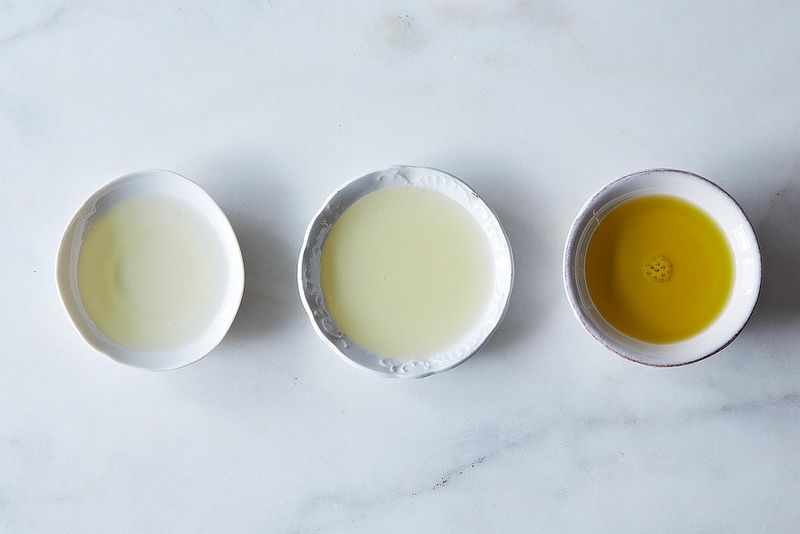
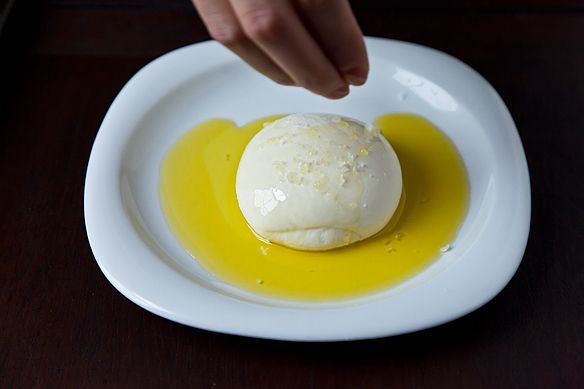
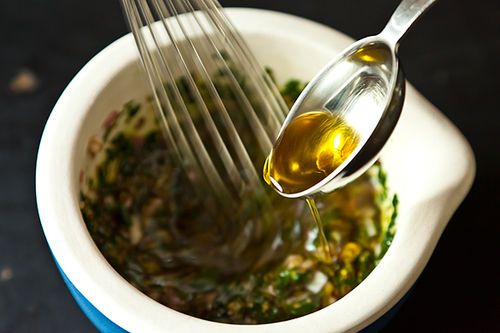
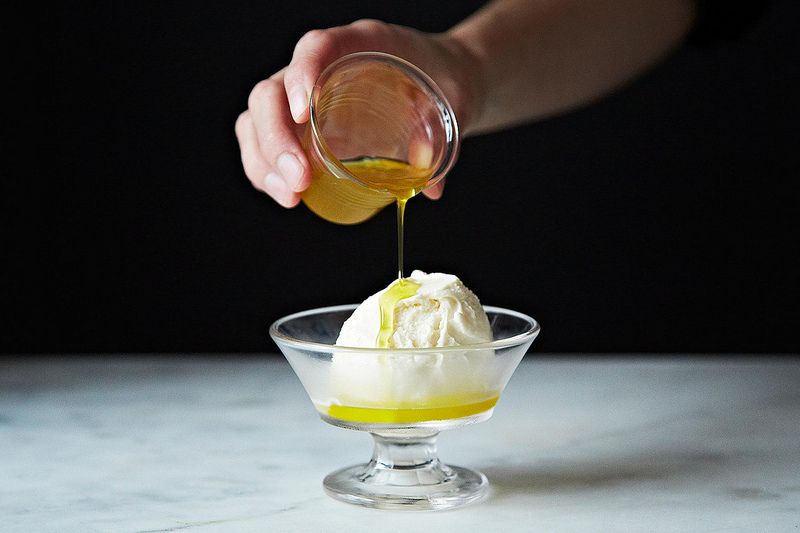
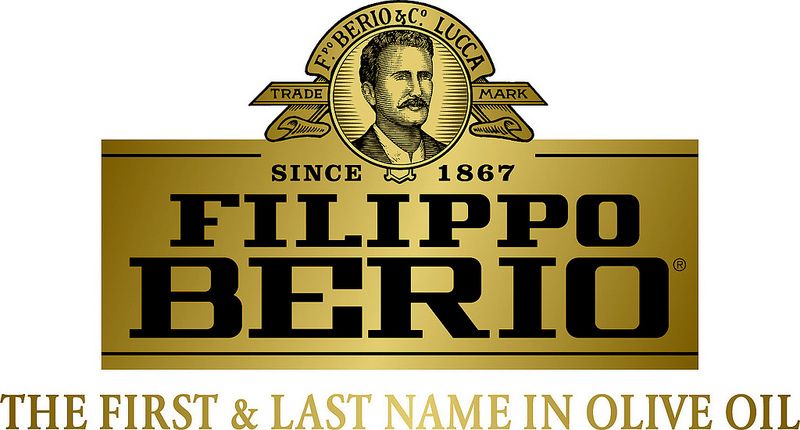

See what other Food52 readers are saying.